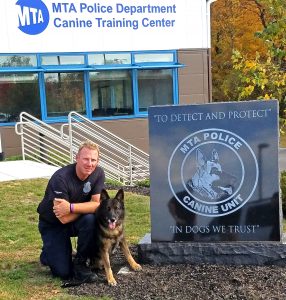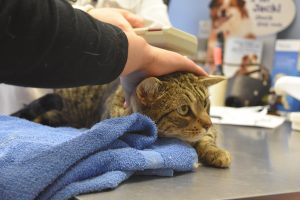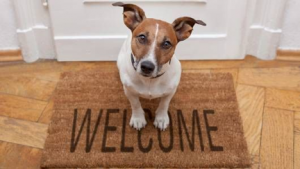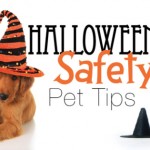
Are you hesitant about planning a vacation because of your dog? Are you stopped by images of your cherished family companion baying mournfully in a boarding kennel run by well-meaning strangers?
Consider another possibility: your dog, safe and snug at home, cared for by someone who’s qualified and experienced.
Consider a pet sitter.
Pet sitters are paid professionals who come to your home and spend quality time with your pet. The best ones are those who not only feed and play with them, but hold certificates in First Aid and CPR.
Consider the benefits.
Your dog remains at home, with the same diet and daily routine, and receives both attention and exercise while you’re away.
You can feel more secure knowing that, not only is your dog safe, but your home is too. Pet sitters can take in your newspapers and mail, water your plants and provide your place with that lived-in look.
To start, ask your vet for recommendations. Ask your family, friends and neighbors for the names of their own pet sitter if they have one. If not, research pet sitters in your area.
Interview each candidate over the phone, then in person, and ask the following questions: Can they provide written proof that they’re bonded and carry commercial liability insurance? What formal training have they received? Are contingency plans in place if an accident or emergency prevents them from fulfilling their duties? Will they provide extra services like grooming, dog walking or playtime with other dogs? If they provide live-in services, what are the specific times they agree to be with your dog? Will they give you a written contract listing their services and fees? Will they provide you with the phone numbers of clients who have agreed to be references?
If you’re satisfied with the person’s answers and if the references have checked out, it’s imperative that your dog first meet and interact with prospective sitter. Monitor them closely. Does your dog seem comfortable with the person? Are they a good fit? Are there any issues that need addressing?
Once your decision has been made and you, yourself, are comfortable, you can begin to plan that long-delayed vacation: whether for a weekend, a week or longer. Then, before your date of departure: Walk the sitter through your home, pointing out all the essentials needed to make the agreed-upon routine run smoothly and well. Give a trust worthy neighbor copies of your keys and have that neighbor and the pet sitter exchange phone numbers. Show the pet sitter any important safety features, such as fuse boxes, circuit breakers and security systems.
Prepare a comprehensive list of emergency contact information, including how to reach you, your vet, and the closest emergency clinic. Store all of your dog’s food and water bowls, treats, toys, and other supplies in one place, along with extra food in case you’re away longer than expected. Tape a list of feeding instructions and a photo of your dog (should your pet pull a “Houdini” and escape) to the door of your refrigerator.
With everything firmly in place, all you have to do now is leave. Secure in the knowledge that your precious dog is in good hands and is, after all, a mere phone call away.
Article by Nomi Berger



















